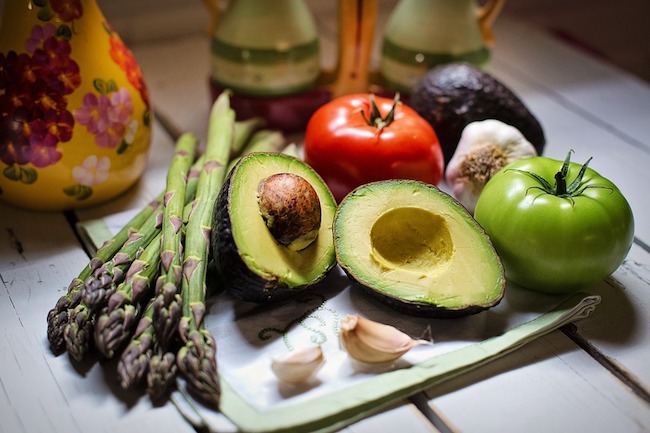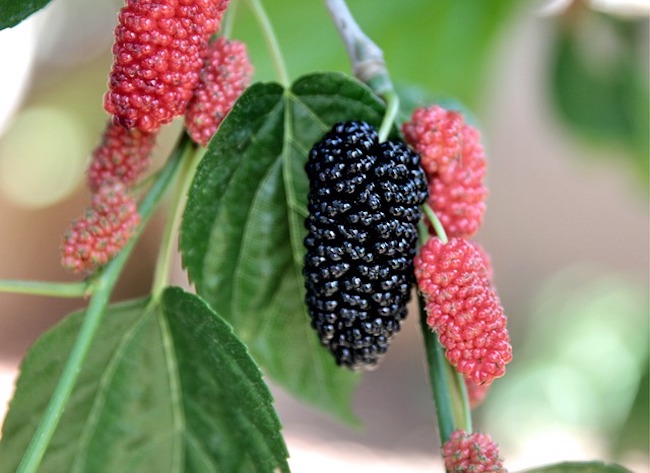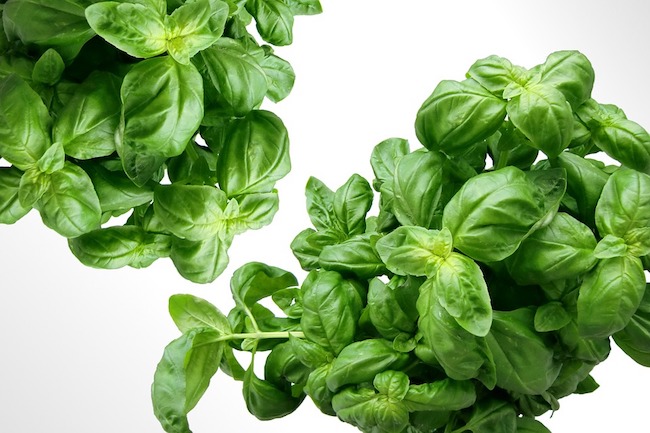Fall Foraging For Powerful Healing Roots by: Patricia Bratianu RN PhD RH-AHG for Off The Grid News
Fall and spring are the best times to harvest roots and bark. In summer, plant energy is spent producing leaves, flowers and fruit. In the fall of the year, the energies concentrate on survival and protecting the plant through future winter months. Thus, energy is directed downward. Roots grow and store carbohydrates for future nourishment and survival.
Healing Characteristics of Roots and Bark
While each herbal root or bark possesses its own chemical makeup and healing attributes, most roots and bark contain compounds which work to deeply nourish and support healing. Although plant compounds are designed first and foremost to protect survival of the species, many roots and bark improve human and animal health, too. Most roots benefit the liver, skin and kidneys — the organs of detoxification which keep the entire body working optimally. Many roots are bitter, which makes them valuable for the digestive tract. Bark is often astringent. This quality is useful for relieving inflammation of joints and sore throats.
Gather Herbs Ethically
It is always important to obtain herbs ethically. Never take more than you need, and leave plenty of plants for future plant and human generations. With bark and roots, this is particularly important, as entire plant populations have disappeared due to injudicious consumption.
Use Marshmallow Root instead of Slippery Elm Bark
Slippery elm bark is an at-risk herb. It is a wonderful medicine which is sweet tasting and nutritious. Slippery elm bark relieves digestive and respiratory illness but should never be gathered from the wild, even if local stands are large. Marshmallow root makes an acceptable substitute in most cases. However, if you do choose to use slippery elm bark, only purchase organically grown cultivated bark.




